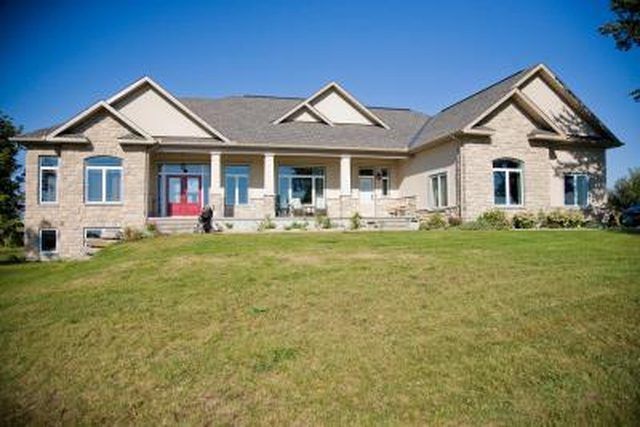Bulbs
Flower Basics
Flower Beds & Specialty Gardens
Flower Garden
Garden Furniture
Garden Gnomes
Garden Seeds
Garden Sheds
Garden Statues
Garden Tools & Supplies
Gardening Basics
Green & Organic
Groundcovers & Vines
Growing Annuals
Growing Basil
Growing Beans
Growing Berries
Growing Blueberries
Growing Cactus
Growing Corn
Growing Cotton
Growing Edibles
Growing Flowers
Growing Garlic
Growing Grapes
Growing Grass
Growing Herbs
Growing Jasmine
Growing Mint
Growing Mushrooms
Orchids
Growing Peanuts
Growing Perennials
Growing Plants
Growing Rosemary
Growing Roses
Growing Strawberries
Growing Sunflowers
Growing Thyme
Growing Tomatoes
Growing Tulips
Growing Vegetables
Herb Basics
Herb Garden
Indoor Growing
Landscaping Basics
Landscaping Patios
Landscaping Plants
Landscaping Shrubs
Landscaping Trees
Landscaping Walks & Pathways
Lawn Basics
Lawn Maintenance
Lawn Mowers
Lawn Ornaments
Lawn Planting
Lawn Tools
Outdoor Growing
Overall Landscape Planning
Pests, Weeds & Problems
Plant Basics
Rock Garden
Rose Garden
Shrubs
Soil
Specialty Gardens
Trees
Vegetable Garden
Yard Maintenance
The Temperature That Grass Starts to Grow After Winter
The Temperature That Grass Starts to Grow After Winter. As temperatures drop in fall or winter, turf grasses go dormant, turning brown and using their energy to maintain their root systems throughout the colder months. When temperatures rise again in spring, these grasses begin greening up at various temperatures, depending on the grass type.

As temperatures drop in fall or winter, turf grasses go dormant, turning brown and using their energy to maintain their root systems throughout the colder months. When temperatures rise again in spring, these grasses begin greening up at various temperatures, depending on the grass type.
Cool-Season Grasses
Cool-season grasses, such as blue grass and tall fescue, begin growing when temperatures reach at least 40 degrees F and grow best between 60 and 70 degrees F, according to the North Carolina Cooperative Extension. The roots of these grasses grow at soil temperatures of just 33 degrees F. Cool-season grasses in regions with mild winter weather may not enter dormancy at all.
Warm-Season Grasses
Warm-season turf grasses include zoysia, St. Augustine and Bermuda grass. These grasses go dormant following the first heavy frost in the fall and remain dormant until temperatures rise to at least 70 degrees F; they prefer temperatures of 80 to 95 degrees F. Soil temperatures must reach at least 64 degrees F for warm-season grass roots to grow, according to North Carolina Cooperative Extension.
Considerations
Warm-season grasses damaged by very cold temperatures or long periods of cold may fail to green up well in the spring. Spring fertilization, along with proper watering and mowing for your specific grass species help encourage healthy turf growth and color. Increasing daylight hours also encourages spring turf growth.